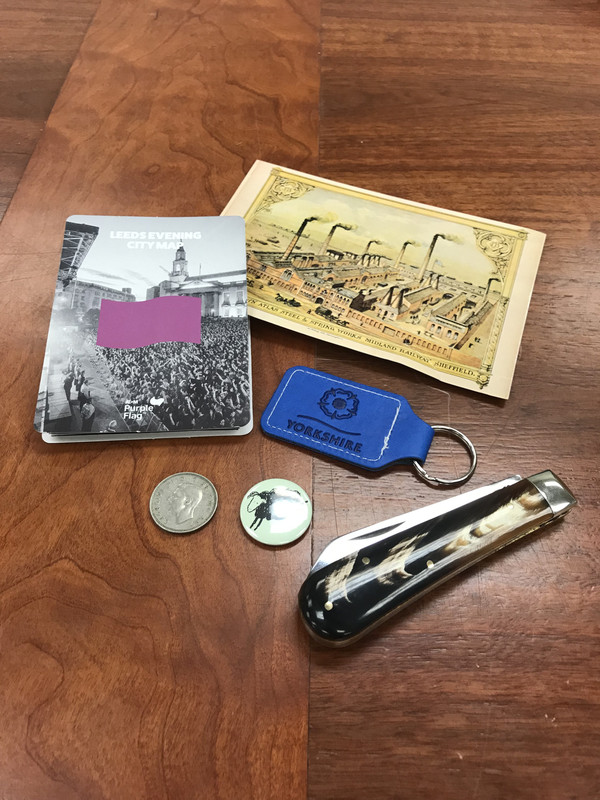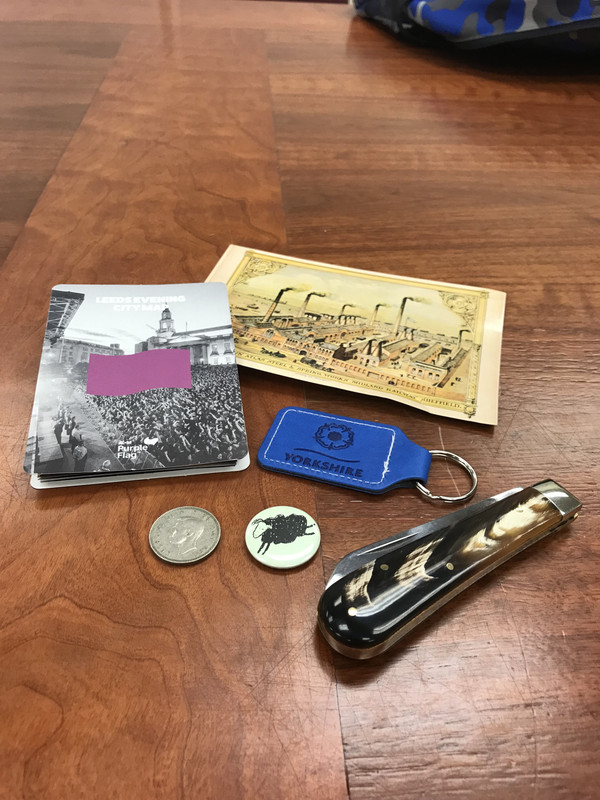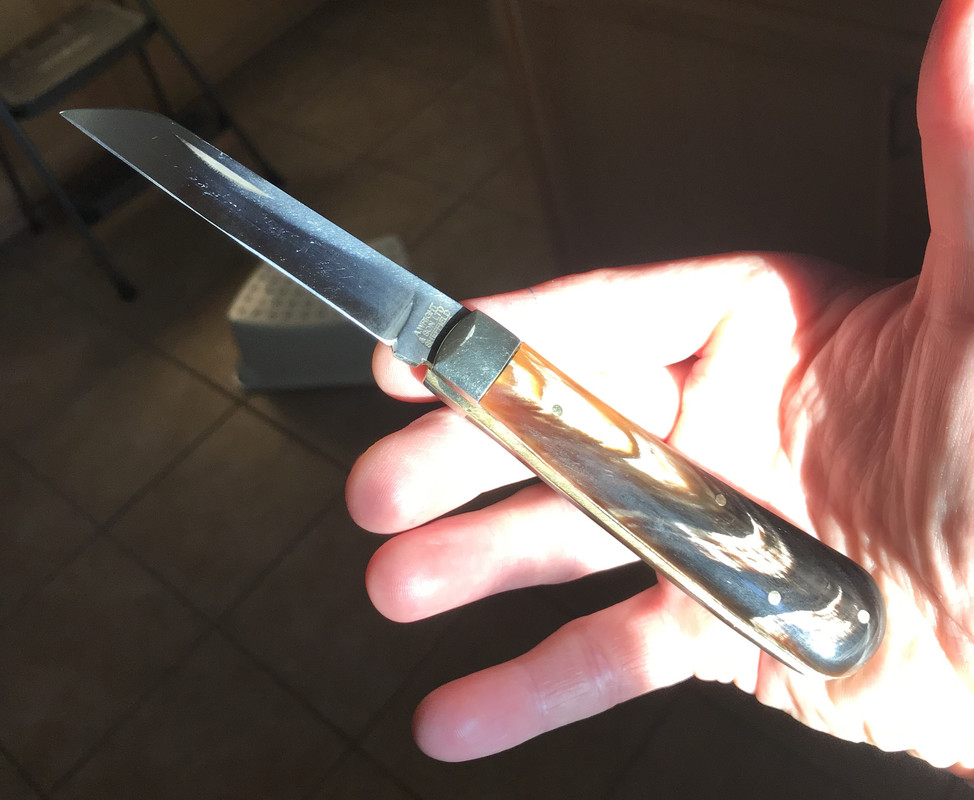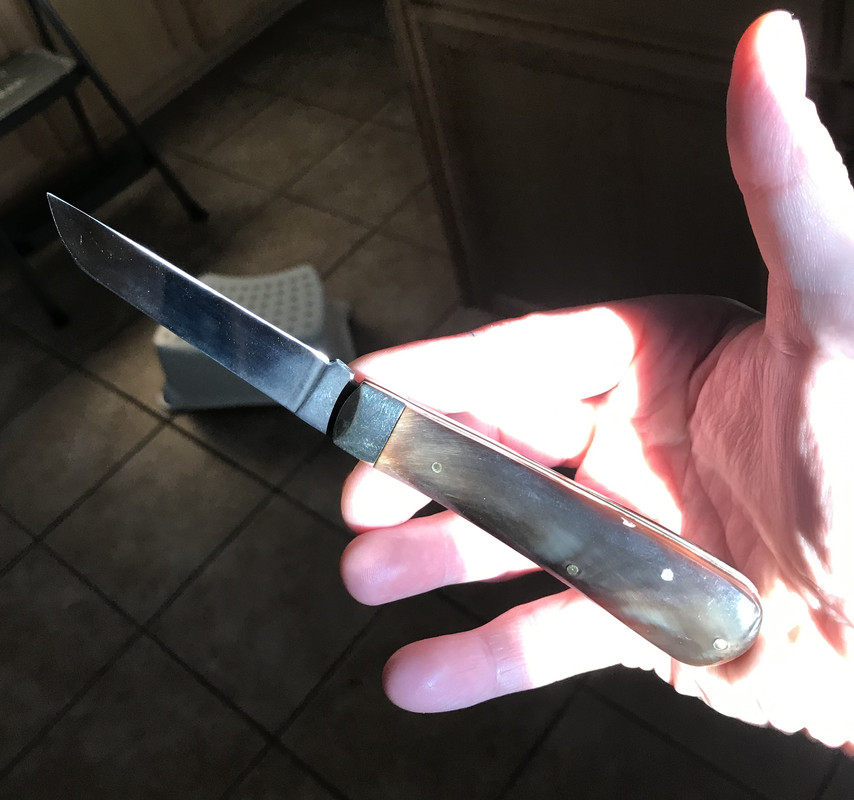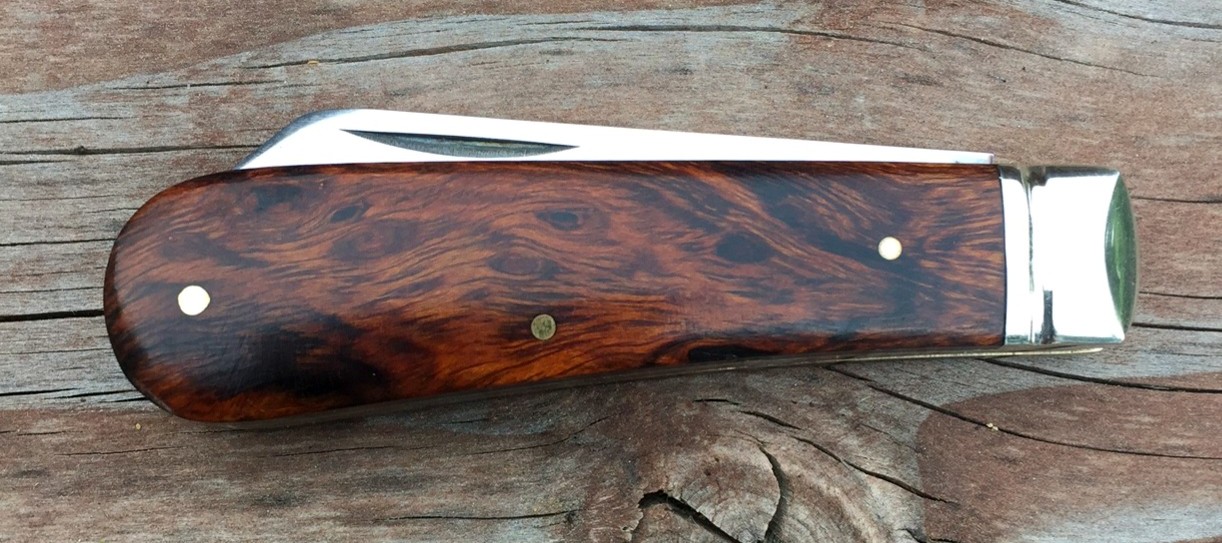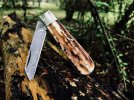I thought it might be useful here to give an explanation about what the terms master cutler and Master Cutler actually mean, and meant historically. The term is sometimes used, usually laughably, by modern cutlery companies, with regard to themselves or their employees, with the implication that it implies some great talent or skill. It does not, a master cutler was simply a self-employed cutler, from which the term ‘Little Mester’ is derived. In Sheffield, the Master Cutler is an annual sobriquet given to some local big-wig by the Company of Cutlers in Hallamshire. While they have not had a connection to the cutlery trade for many years, they always existed as a gaffer’s organisation, rather than a guild or trade organisation, and lowly cutlers were not admitted.
M. Hunter & Son were primarily a manufacturer of table cutlery (example shown here:
https://www.bladeforums.com/threads/one-for-the-mums-dads-grandparents.1192568/), and a factor of other goods. The good Professor Geoff of Tweedale traces the firm’s origins back to Michael Hunter I (1724-1771) a wealthy hardware merchant from Ecclesfield, which is close to Sheffield, but in the neighbouring county of Derbyshire. Having moved to Sheffield around 1760, he sold materials to cutlers in the town. His son, Michael Hunter II (1759-1831) was also a merchant, and involved in a series of partnerships, the last of which was dissolved in 1806, after which he seems to have traded alone. By 1811, he was listed in local trade directories as a table-knife manufacturer, with the firm expanding under his son Michael III (1800-1886) who took over the business after his father’s death in 1831. The firm was then listed at ‘Talbot Works’ on Sheldon Row in the Wicker area of Sheffield, and later in 1852, the year Michael Hunter III became Master Cutler, at ‘Talbot Works’ in nearby Andrew Street. Between 1849 and 1842 though, Hunter was a partner with Edward Gilbee, in Hunter, Son, and Gillbee, but Gillbee died in 1852.
Hunter III does not seem to have run a very happy ship, and had a particularly fractious relationship with his workforce, which apparently numbered more than a hundred in the early 1840’s. There were disputes over wages, contracts, and work practices, and in about 1850, Hunter was the first Sheffield manufacturer to introduce forging by tilt hammer (rather than by hand), with imported American machinery capable of producing a thousand table knife blades per day.
By 1861, Hunter employed 300 men, according to the census that year. He retired a decade later, leaving his son, the fourth Michael Hunter (1821-1898), as sole partner. By this time the company employed 150 men and 50 boys, probably being able to shed some of the workforce through mechanisation, which was not limited to machine forging. Michael Hunter III died in 1886, with an obituary recording a man ‘who had waged incessant war with the trades’ unions’, being ‘rough and blunt in manner’.
Hunter’s marks were the word/picture ‘Bugle’, granted in 1760; ‘Bison’ (picture), with the word ‘FUERTE’, and ‘Llama’ (picture), a mark acquired from Henry Ecroyd & Co. The company advertised a wide range of products, including table and butchers knives, razors, pen and pocket knives, sportsman’s and gardeners’ knives, and hay knives, as well as ice-skates, edge tools, and plated metal goods. However, most of these items would have been made elsewhere in Sheffield, and factored by the company, which seem to have mainly concentrated on manufacturing table cutlery.
Michael Hunter IV also became Master Cutler (1860), As well as Lord Mayor, Alderman, and JP. He died in 1898, after which the fifth Michael Hunter (1857-1926) took over the firm. It became a limited liability company in 1899. He became Master Cutler in 1903.
In the early 1900s, the firm were based in Reed Street, but seem to have been in decline by this point, with the owner perhaps losing interest in favour of enjoying his inherited wealth and country estate. By 1910, their assets had been acquired by Needham, Veall & Tyzack. Hunter’s were liquidated, but their marks were acquired by H.M Slater Ltd (after WWII according to Tweedale).
Hope that's of interest Harvey

Would it be possible for you to post up some unfiltered pics of your knife?

